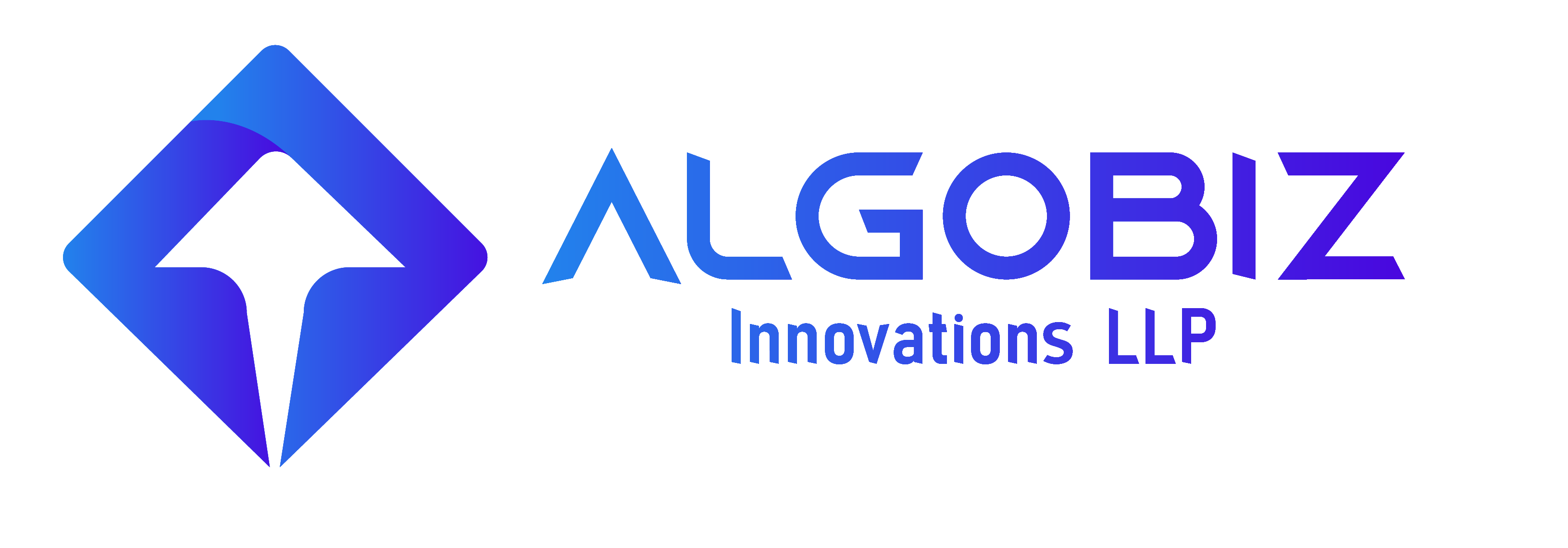Cloud-Native Becomes the New Normal
Cloud adoption is no longer a trend—it’s the foundation of modern IT. But businesses are moving beyond simply “lifting and shifting” existing applications to the cloud. In 2025, the focus is on cloud-native development, where applications are designed from the ground up for scalability, flexibility, and speed.
🚀 Key Benefits of Cloud-Native
- Scalability on Demand – Scale applications instantly to meet spikes in demand.
- Cost Efficiency – Pay only for the resources you use with subscription-based models.
- Faster Time-to-Market – Continuous integration and delivery (CI/CD) pipelines enable rapid updates.
- Resilience & Reliability – Distributed architecture ensures high availability.
- Innovation Speed – Developers can experiment without fear of breaking legacy systems.
- Global Reach – Cloud providers offer worldwide infrastructure, enabling global expansion.
⚠️ Key Challenges
- Vendor Lock-In – Dependence on a single provider can limit flexibility.
- Migration Complexity – Moving from legacy systems is time-consuming and costly.
- Security & Compliance – Data privacy laws differ across countries.
- Skill Gaps – Cloud-native requires DevOps, containerization, and microservices expertise.
- Cost Overruns – Poorly managed cloud resources can lead to unexpected bills.
🛠️ Strategies for Successful Cloud-Native Adoption
- Multi-Cloud or Hybrid Approaches – Avoid over-reliance on a single provider.
- Containerization – Use Docker, Kubernetes, or OpenShift for portability and efficiency.
- Microservices Architecture – Break large applications into smaller, manageable components.
- Cloud Governance Policies – Monitor usage to control costs and enforce compliance.
- DevSecOps Integration – Build security into every stage of cloud app development.
- Training Programs – Upskill IT teams on cloud-native tools and frameworks.
📊 Real-World Examples
- Netflix – Runs on a fully cloud-native infrastructure, scaling globally to serve millions of viewers.
- Airbnb – Uses cloud-native solutions to handle unpredictable booking surges.
- Government Services – Many governments are modernizing public services using hybrid and cloud-native apps.
🔮 Future Outlook
By 2025 and beyond:
- Serverless computing will gain momentum, reducing infrastructure management.
- AI-driven cloud optimization will help businesses control costs automatically.
- Industry-specific cloud platforms (finance cloud, healthcare cloud, etc.) will rise for compliance and security.
- Sustainable cloud data centers powered by renewable energy will become mainstream.
💡 Why it matters: Cloud-native adoption gives businesses the agility, resilience, and speed they need to thrive in a competitive market. Those still relying solely on on-premises infrastructure risk higher costs, slower innovation, and limited scalability.

